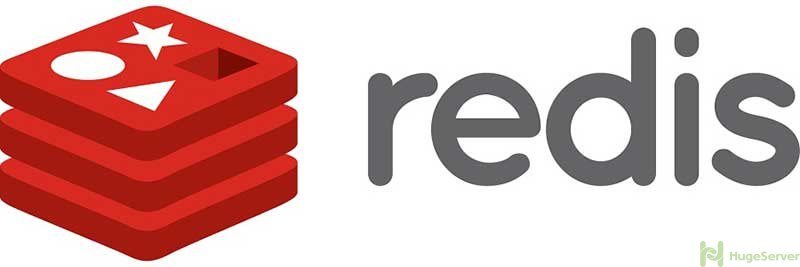What is Redis?
Redis is a flexible open-source, key-value data store, used as a database, cache and message broker. Redis allows the user to store vast amounts of data without the limits of a relational database.
In order to achieve its outstanding performance, Redis works with an in-memory dataset. Depending on your use case, you can persist it either by dumping the dataset to disk every once in a while or by appending each command to a log. Persistence can be optionally disabled if you just need a feature-rich, networked, in-memory cache.

We are assuming that you have root permission, otherwise, you may start commands with “sudo”.
Install necessary packages
On CentOS 6:
yum install wget make gcc tclOn CentOS 7
yum install wget make gccInstall Redis 3.2
For installing Redis 3.2 you have to download the source file and compile it because Redis 3.2 is not available in any repository yet.
On CentOS 6 and CentOS 7
wget http://download.redis.io/releases/redis-3.2.8.tar.gzNow you have to extract the file that you just downloaded by typing:
tar -xvzf redis-3.2.8.tar.gzChange directory with the command below:
cd redis-3.2.8It’s time to compile your Redis step by step:
cd depsmake hiredis lua jemalloc linenoisemake geohash-int
Now run below command to get back to the parent directory and run the next command:
cd ../makemake install
And for getting sure running a test:
make testIt’s going to take a few minutes, you can check that everything is ok.
Install init script
In this section, we are going to install “init script” to manage the process of Redis.
cd utils./install_server.sh
You will be prompt for some configuration you can hit “Enter” to accept all the default values or you can set yours.
Finally, your Redis server is installed and you can start the service by the command below:
For CentOS 6
service redis_6379 startFor CentOS 7
systemctl start redis_6379If you want to test your Redis server you can easily use the instruction below:
redis-cli
> set test "HugeServer"
> get testThe answer should be “HugeServer”
If you need a control panel for your Redis Server you may use Phpredmin or Redmon
You can find out more about Redis on its official website!
Thanks for this valuable document.
Thanks Man,
clean and very good informative
Very informational document. Thanks pal !!!!!!